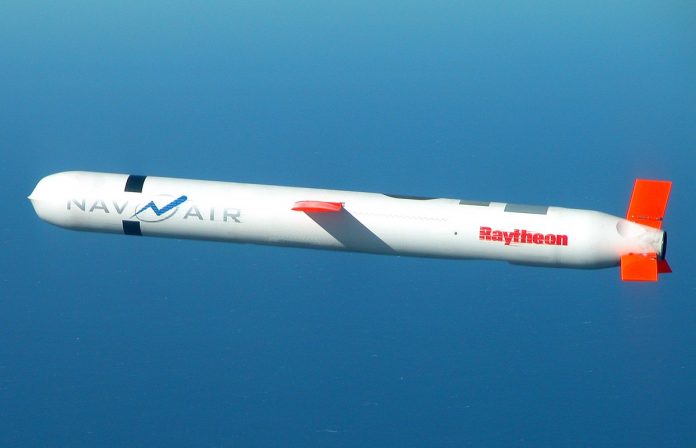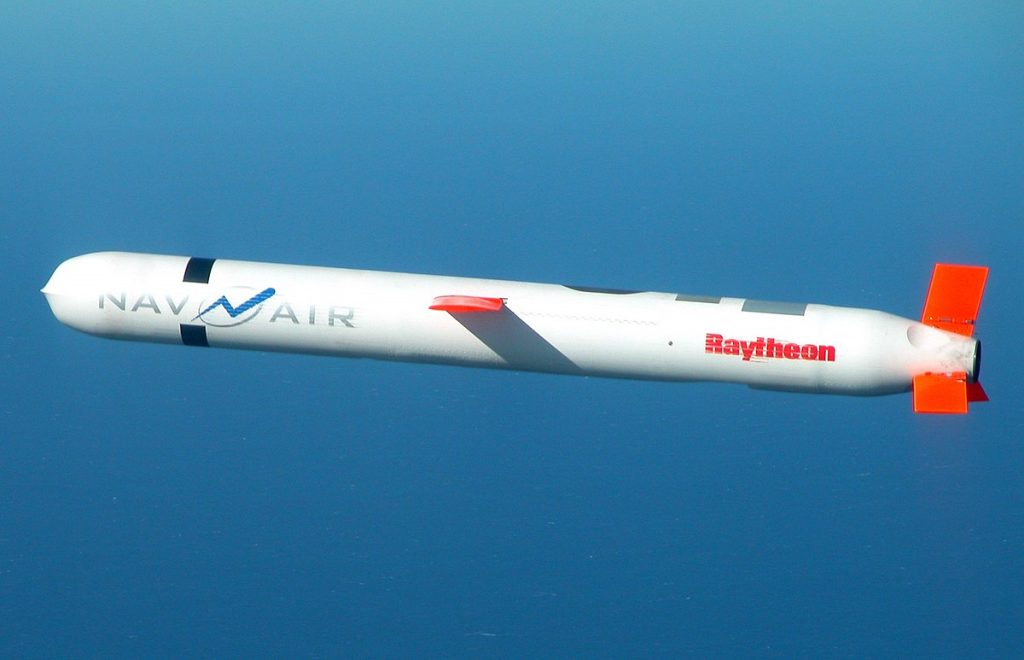
Russia’s biggest attack on Ukraine’s gas system since the beginning of the all-out war has once again proven the susceptibility of energy infrastructure to precise-guided missile and drone attacks, as new information on missile modernization and geopolitics alerts regarding U.S. Tomahawk shipments indicate a threatening technology race.

1. The Scale and Engineering Impact of the Gas Facility Strikes
Naftogaz recorded 35 missiles and 60 drones mostly ballistic fired at gas production and processing facilities in the Kharkiv and Poltava regions. As CEO Sergii Koretskyi described it, “There was no military reason or logic.” It was another demonstration of Russian malice, its sole purpose to disrupt the heating season. The attack created critical damage to most of Ukraine’s gas facilities, having compelled DTEK to shut down at several plants. From an engineering point of view, such facilities are very vulnerable to blast overpressure; even blasts in proximity can burst high-pressure pipelines, destroy compressor stations, and cripple control systems. The attacks also illustrate how attacks on upstream production, as opposed to downstream delivery, can have cascade consequences for national energy availability on a long-term basis.

2. Weaponization of Winter and Infrastructure Resilience
Ukraine’s grid operators have been subjected to successive seasonal assaults since 2022 with Russia’s effort to “weaponize winter” by depriving civilians of electricity and heat. Contemporary gas stations feature redundancy parallel compressors, automatic shut-down valves, and SCADA-controlled safety features but concerted attack on multiple nodes can outgun these protection measures. Recovery after attack is not merely structural restoration but also process control calibration, sometimes under constant threat of secondary attack.
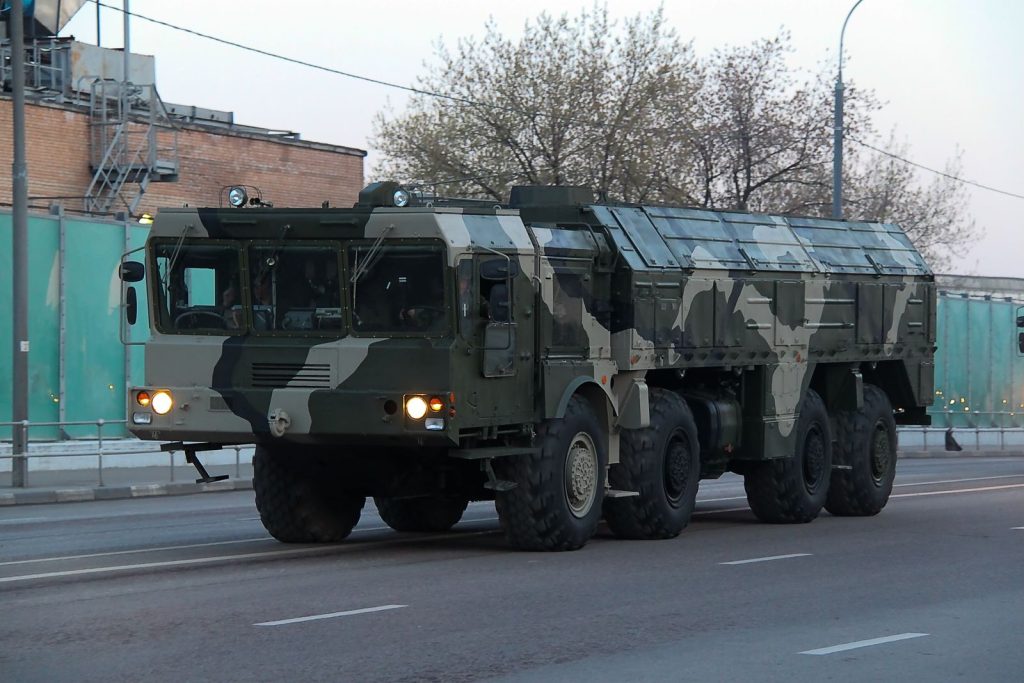
3. Russian Refurbishments of Missiles to Evade Patriot Defenses
Western and Russian authorities confirm that Russia overhauled its Iskander-M (500 km) and Kinzhal (480 km) missiles to conduct unexpected terminal dives, exiting anticipated ballistic flight trajectories. This evasive flight trajectory reduces the window of engagement for Patriot PAC-3 interceptors, which depend on timely tracking information to project intercepts. As per Ukrainian Air Force statistics, the rates of interceptions of such missiles have fallen from 37% in August to just 6% in September. As per one U.S. Defence Intelligence Agency analysis, advancements of this nature take advantage of the Patriot’s weakness against high-speed, late-maneuvering targets and compel Ukraine to change its multi-layered defense strategy.
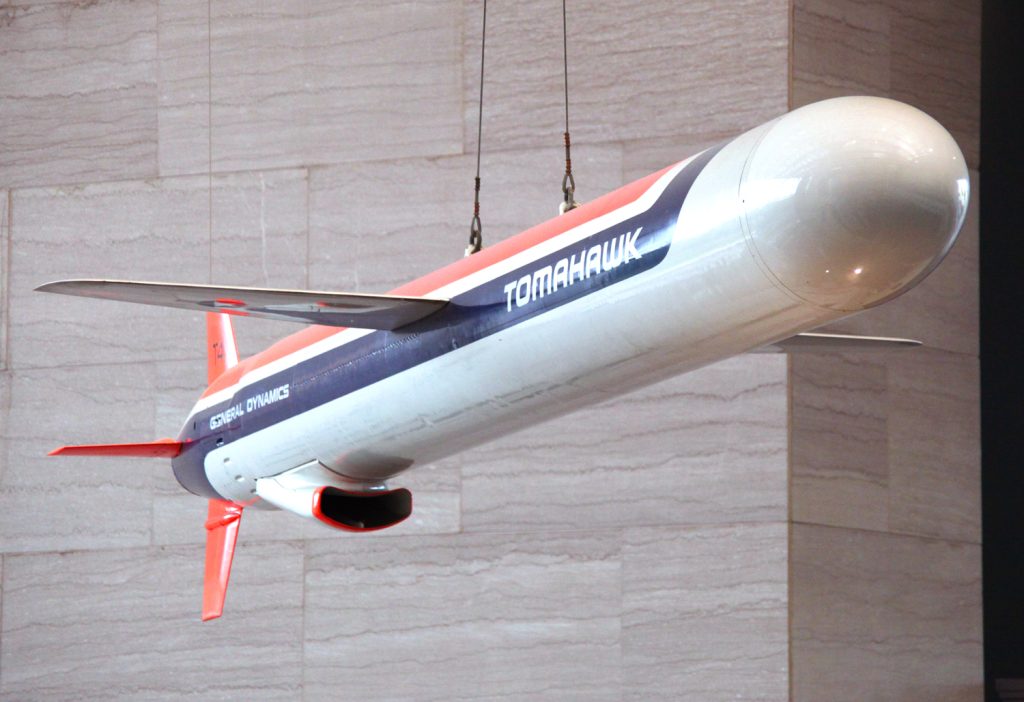
4. Tomahawk Cruise Missiles and the Escalation Debate
President Vladimir Putin cautioned Donald Trump that to fire Ukraine Tomahawk cruise missiles with a 2,500 km range would be “a qualitatively new stage of escalation” in total. Tomahawks are technically equipped with terrain-following radar and GPS, allowing penetration at low altitude through air defense systems. They could hit deep inside Russian territory, including strategic infrastructure, which would change the mathematics of operation. But U.S. officials also perceive that current Tomahawk inventories are allocated to naval forces, so direct resupply is not an option. Other European long-range systems are in the running.
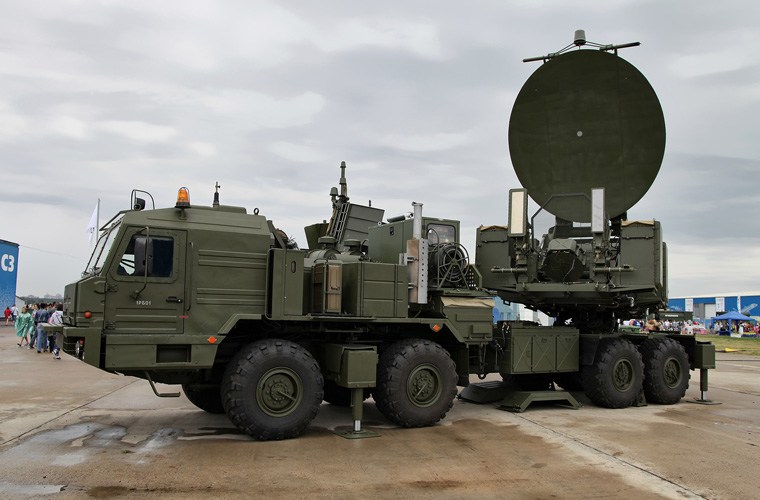
5. Electronic Warfare and Satellite Jamming
The strikes coincided with Russian electronic warfare intensification, such as weekly attempts to jam UK military satellites and ongoing GPS disruption in the Baltic theater. Kaliningrad- and west Russia-based ground jammers broadcast dazzling signals on GPS frequencies, jamming military as well as civilian aircraft navigation. NATO officials call this as part of a hybrid warfare strategy in which Russia can test allied response without being openly engaged. Jamming has the potential to de-grade the accuracy of satellite-guided projectiles, and it would become more challenging for Ukraine to strike Russian assets.
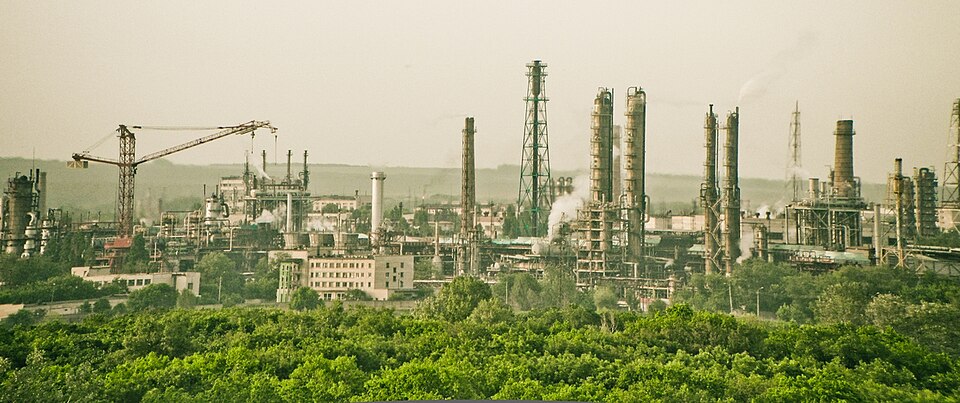
6. Ukrainian Long-Range Drone Attacks on Russian Energy Infrastructure
Ukraine returned fire with targeted drone strikes deep within Russia, such as the Orsk oil refinery (1,400 km within) and the Azot chemical plant within Perm Krai (1,700 km). The Orsk strike employed locally produced “Liutyi” drones, each a 75 kg warhead and with over 1,000 km range. The drones are highly resistant to jamming and have variable altitude profiles to avoid radar detection, a demonstration of the quick acceleration in unmanned systems design by Ukraine.
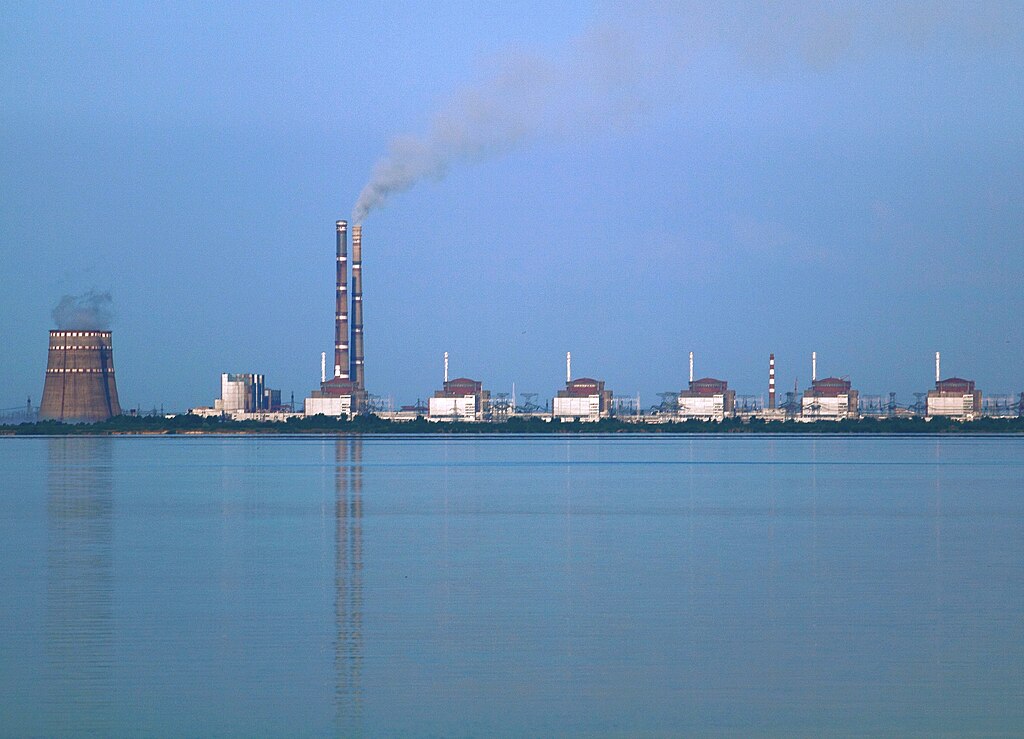
7. Nuclear Safety Threats at Zaporizhzhia
Zaporizhzhia nuclear power plant is still off Ukraine’s grid for longest war-start shutdown, using diesel generators to keep its six inactive reactors cool. While residual heat generation is minimal after shutdown has lasted three years, engineers are cautioning that generators are not meant for prolonged use. No nuclear plant ever in world history has been as vulnerable as the ZNPP, said Professor Najmedin Meshkati. The International Atomic Energy Agency has called for restoration of the external power supply, but experts think Russia will employ the crisis to provide grounds for reconnecting the plant to its own grid a move that would have strategic and safety consequences.

8. Strategic Implications for NATO and Energy Security
The convergence of physical attacks on energy targets, missile technology, and electronic warfare represents a multi-domain threat. For NATO strategists, protection of fixed energy facilities against joint missile-drone salvoes requires combining early warning radar with point-defense systems and quick reaction engineer battalions.

For Ukraine, the ability to resist today hinges on dispersing key infrastructure, hardening sites against blast and cyber attack, and having the capability to counterattack Russian energy centers to inflict mutually imposed damage. This week’s headlines illustrate a coming together of kinetic, electronic, and infrastructural warfare each fueling the others in a cycle that is progressively raising the technological stakes and geopolitical risks.
